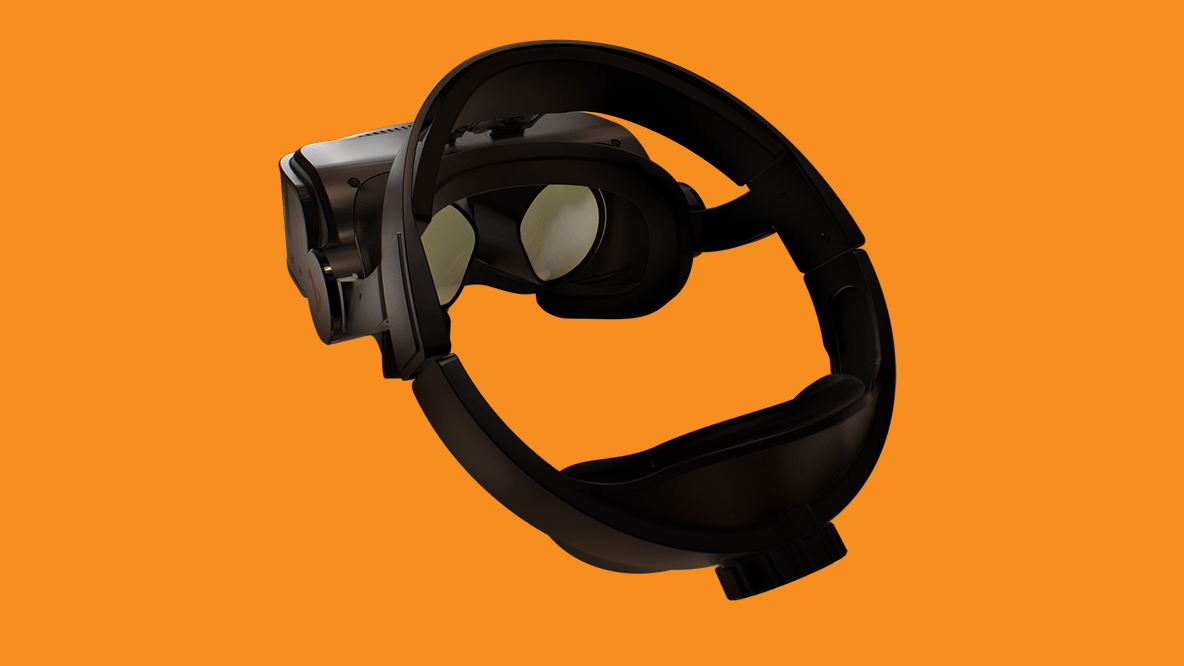The tech world has been abuzz ever since Apple made its strategic purchase of Vrvana, the Canadian augmented reality (AR) startup known for its Totem headset. This acquisition is not merely a transaction; it signals Apple’s commitment to entering the AR hardware market, a move that could redefine both gaming and enterprise solutions in the near future. But what makes this acquisition so pivotal, and what can we expect as Apple charts its course into extended reality? Let’s explore.
The Vrvana Gem: Technology with Unparalleled Potential
Vrvana’s Totem headset has drawn attention for several innovative features who factor prominently in AR technology. Unlike its competitors, such as Microsoft’s HoloLens, which utilizes transparent projection displays, the Totem leverages a more immersive camera-based system. Here are some of the standout features:
- 6DoF (Six Degrees of Freedom) Tracking: This feature provides a comprehensive understanding of a user’s physical movement in 3D space, a critical factor in creating a seamless user experience.
- Hand Tracking: By employing infrared cameras, the Totem enables users to interact with virtual objects through natural hand movements, enhancing user engagement in both gaming and enterprise applications.
- Seamless Blending: The headset can transition effortlessly between AR and VR environments, overcoming one of the major pitfalls that other headsets face—subpar color accuracy and the inability to render true black.
These features argue strongly for the potential of the Totem headset to capture market share in both consumer and enterprise sectors, making it a valuable asset for Apple as it dives deeper into AR technology.
Apple’s Vision: Beyond Hardware
Apple has long maintained a cautious stance on the viability of current AR and VR hardware. CEO Tim Cook has expressed that while the technology is promising, the existing solutions do not meet Apple’s standards for quality. He has stated, “We want to be the best and give people a great experience.” This makes the Vrvana acquisition particularly intriguing, as it aligns with Apple’s strategy to integrate effective hardware with its established ecosystem of software solutions, like ARKit.
With Vrvana’s expertise, Apple can innovate beyond existing hardware limitations and deliver a product that meets user expectations while laying the groundwork for future advancements. The company’s foray into AR could reshape its offerings, particularly in industries where augmented reality can enhance productivity, like healthcare, manufacturing, and design.
Challenges Ahead: Scaling the Solution
Despite the clear potential of the Totem headset and technology, Apple faces some formidable challenges. First and foremost is scalability. Many startups, especially in hardware, struggle to transition from small-scale prototypes to mass-market products. Vrvana had raised a modest amount of funding with less than $2 million, raising questions about its operational capabilities and market readiness.
Furthermore, while the technology has shown promise, managing production lines, supply chains, and quality control in a high-demand marketplace poses significant risks. History is littered with ambitious tech products that neither met consumer expectations nor achieved optimal mass production.
The Road Ahead: Insights on Future Developments
As we look ahead, it is clear that Apple is poised to roll out AR functionality that could change how we interact with technology entirely. With ongoing developments in machine learning and computer vision, this new frontier in AR can open up an array of applications not just for consumers but also for enterprises. Imagine virtual meetings in fully immersive environments or real-time overlays displaying critical information for professionals on-site.
Apple’s strategy indicates a serious commitment to advancing AR technology for practical applications while also recognizing the entertainment potential of this emerging field. The synthesis of Vrvana’s technologies with Apple’s marketing prowess and ecosystem could lead to an augmented reality headset that reshapes market perceptions of AR and VR.
Conclusion: A Rising Tide for Augmented Reality
In summary, Apple’s acquisition of Vrvana is more than a business move; it is a strategic step into a burgeoning sector with enormous potential. The future of augmented reality is bright, and as Apple continues to explore this landscape, we may soon see a product that not only meets but exceeds consumer expectations. The integration of cutting-edge technology into user-focused designs could well redefine the way we experience augmented reality.
At **[fxis.ai](https://fxis.ai)**, we believe that such advancements are crucial for the future of AI, as they enable more comprehensive and effective solutions. Our team is continually exploring new methodologies to push the envelope in artificial intelligence, ensuring that our clients benefit from the latest technological innovations. For more insights, updates, or to collaborate on AI development projects, stay connected with **[fxis.ai](https://fxis.ai)**.

